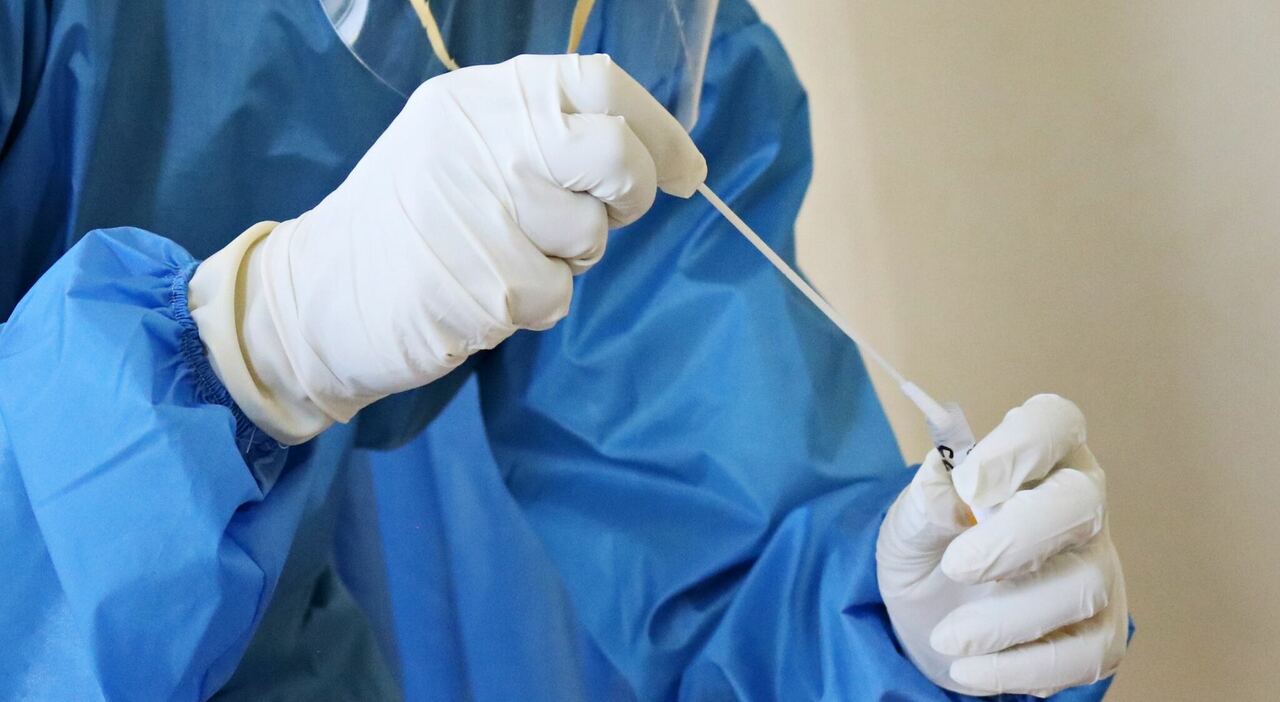The last “blaze” of Covid will be on New Year’s Eve. Although the incidence and the transmissibility index are decreasing compared to last week, according to experts, the peak of infections has not yet been reached. What worries virologists, in fact, is precisely New Year’s Eve, which with its toasts between kisses and hugs could cause Covid-19 cases to rise again.
INSIGHTS
Covid, cases increase: doctors warn about the new variant: “It can trigger a heart failure pandemic”
Pregliasco’s words
Although the incidence and the transmissibility index are decreasing compared to last week, according to experts, the peak of infections has not yet been reached. In Italy “the risk of an expansionary phase of Covid still remains”, with a possible “rebound effect” linked to the “trips, kisses and hugs of New Year’s Eve”. Fabrizio Pregliasco, virologist at the State University of Milan, explains this to beraking latest news Salute, commenting on the weekly monitoring of the Higher Institute of Health and the Ministry of Health. «The incidence data are certainly underestimated. We are not yet in a peak phase, even if we can only see the peak being reached once the infection curve starts to lower.” If it is true that the ISS-ministry report indicates for the week 21-27 December an incidence equal to 70 cases per 100 thousand inhabitants, down compared to the 103/100 thousand in the period 14-20 December, “this drop – warn the experts in monitoring – could, in part, be attributable to a reduced frequency of diagnoses carried out during holidays”. Pregliasco agrees on an underestimate, «as we will also see from the RespiVirNet report which monitors all viral forms and certainly still highlights an overall increase – anticipates the expert – with a notable impact of the flu, which in Lombardy represents over 60% of cases , and with a share of Covid.” The medical director of the Irccs Galeazzi-Sant’Ambrogio hospital in Milan points out that “the Covid transmissibility index is always close to the epidemic threshold of 1, just below, so the risk of an expansion phase remains”. As for hospitalizations, “the parameters of intensive care are slightly increasing or at least stable – he points out – with a slight reduction in the medical area”.
And give
The transmissibility index for Covid-19 decreases, going from 0.96 in the previous week to 0.76, therefore remaining below the epidemic threshold, and the incidence also decreases, from 103 cases to 70 per 100 thousand inhabitants; Furthermore, the occupancy rate of beds in the medical area is reduced, while that in intensive care is essentially stable. This is what emerges from the latest monitoring of the Ministry of Health-Istituto Superiore di Sanità that ANSA has viewed. The number of infections reported is 40,988 between December 21 and 27, down from 60,556 the previous week. The decline in incidence, warns the ISS, “could, in part, be attributable to a reduced frequency of diagnoses carried out during holidays”. As of 27 December, the occupancy of beds in the medical area was 11.0% with 6,834 hospitalised, a slight decrease compared to the previous week, when it was 11.8% as of 20 December. The occupancy of intensive care beds was substantially stable, equal to 3.2% with 281 hospitalized compared to the previous week (3.1%). Hospitalization and mortality rates increase with age, presenting the highest values in the 90+ age group; the rate of admission to intensive care also increases with age. The weekly incidence (21-27/12/2023) of diagnosed and reported cases is decreasing in most Regions/PPAA compared to the previous week. The highest incidence was reported in the Abruzzo region (149 cases per 100,000 inhabitants) and the lowest in Sicily (3 cases per 100,000 inhabitants). The age group that records the highest weekly incidence rate is those over 90 years of age. The weekly incidence is substantially stable in all age groups, the median age at diagnosis is 59 years, stable compared to previous weeks. The percentage of reinfections is around 45%, essentially stable. As regards the variants, Based on the sequencing data available in the national I-Co-Gen platform (data as of 25 December 2023), the proportion of sequencing attributable to the variant of interest JN.1 is confirmed to be growing, becoming the variant more frequent in the last consolidated sampling week (37.1% in the week 4-10 December 2023). Based on currently available data, JN.1 does not appear to pose additional public health risks compared to other circulating lineages.
© ALL RIGHTS RESERVED
